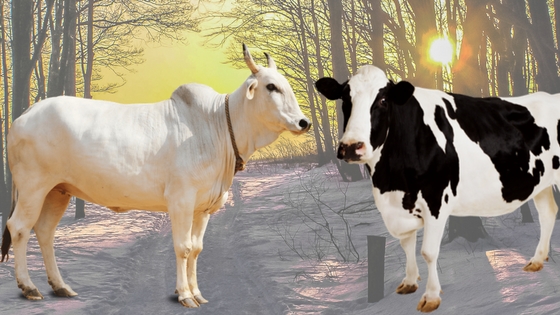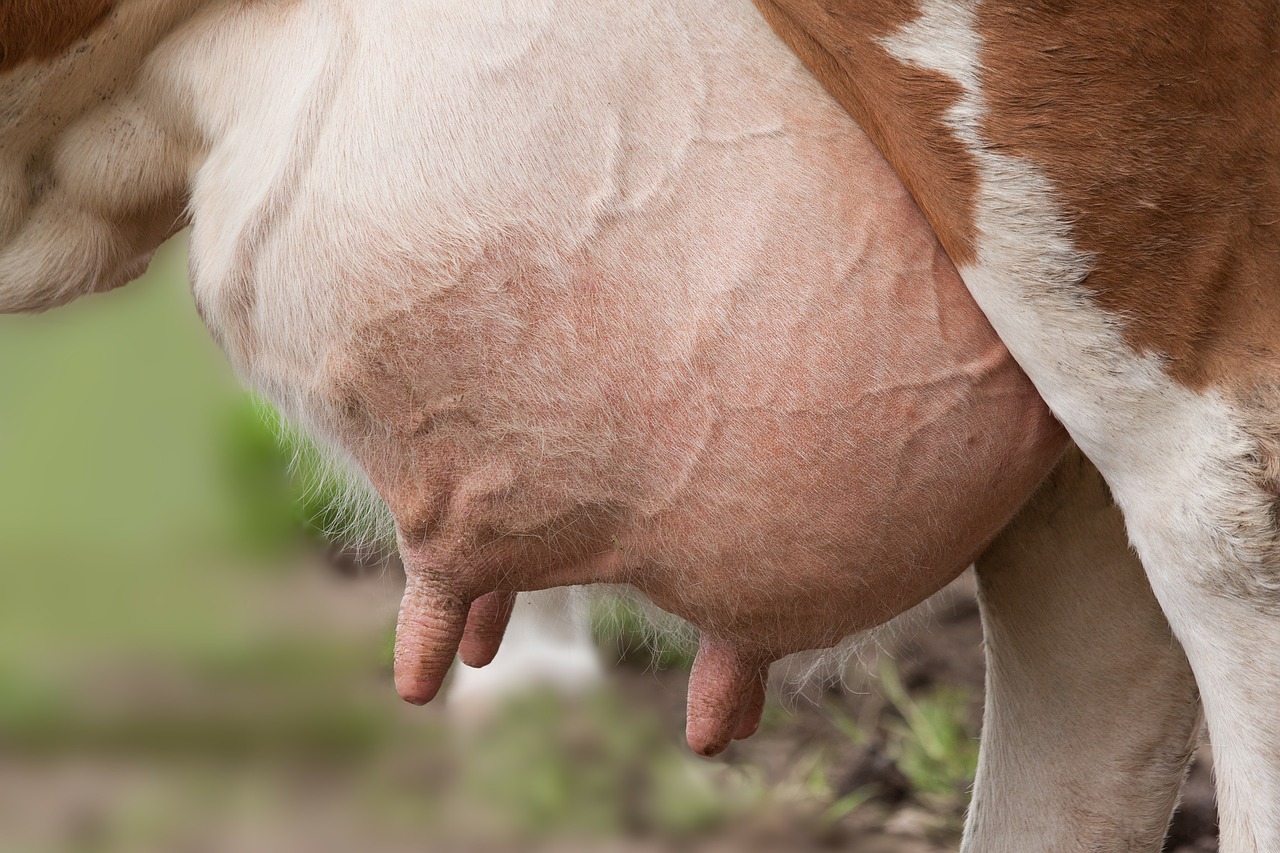- Animals are also stressed due to hot weather in summers.
- Due to high temperature, the quantity of the animal’s diet reduces and thus their behaviour starts changing.
- Some animals can even die due to heatstroke when exposed to high temperatures for a long duration.
- To prevent this, don’t keep the animals in direct sunlight for a long duration, and keep giving them water regularly.
- Maintain proper humidity and coolness in the Cattle fence/shade.
- To protect pregnant animals from milk fever, feed them with 50-60 grams of the mineral mixture every day.
Prevention/Control/Treatment of Mastitis:-
Prevention:-
- A good milking routine is vital.
- This usually consists of applying a pre-milking teat dip or spray, such as an iodine spray, and wiping teats dry prior to milking.
- The milking machine is then applied.
- After milking, the teats can be cleaned again to remove any growth medium for bacteria.
- A post-milking product such as iodine-propylene glycol dip is used as a disinfectant and a barrier between the open teat and the bacteria in the air.
- Mastitis can occur after milking because the teat holes close after 15 minutes if the animal sits in a dirty place with feces and urine
Control
- Practices such as good nutrition, proper milking hygiene, and the culling of chronically infected cows can help.
- Ensuring that cows have clean, dry bedding decreases the risk of infection and transmission.
- Dairy workers should wear rubber gloves while milking, and machines should be cleaned regularly to decrease the incidence of transmission.
Treatment
- Treatment is possible with long-acting antibiotics, but milk from such cows is not marketable until drug residues have left the cow’s system.
- Antibiotics may be systemic (injected into the body), or they may be forced upwards into the teat through the teat canal (intramammary infusion).
- Cows being treated may be marked with tape to alert dairy workers, and their milk is syphoned off and discarded.
- To determine whether the levels of antibiotic residuals are within regulatory requirements, special tests exist.
- Vaccinations for mastitis are available, but as they only reduce the severity of the condition, and cannot prevent recurring infections, they should be used in conjunction with a mastitis prevention program.
Like and share with other farmers by clicking on button below
ShareMastitis Disease in Dairy Cattle
Mastitis Disease in Dairy Cattle:-
- This disease can be identified by abnormalities in the udder such as swelling, heat, redness, hardness, or pain (if it is clinical). Other indications of mastitis may be abnormalities in milk such as a watery appearance, flakes, or clots. When infected with sub-clinical mastitis, a cow does not show any visible signs of infection or abnormalities in milk or on the udder.
- Cattle affected by mastitis can be detected by examining the udder for inflammation and swelling, or by observing the consistency of the milk, which will often develop clots or change color when a cow is infected.
Like and share with other farmers by clicking on button below
Share

